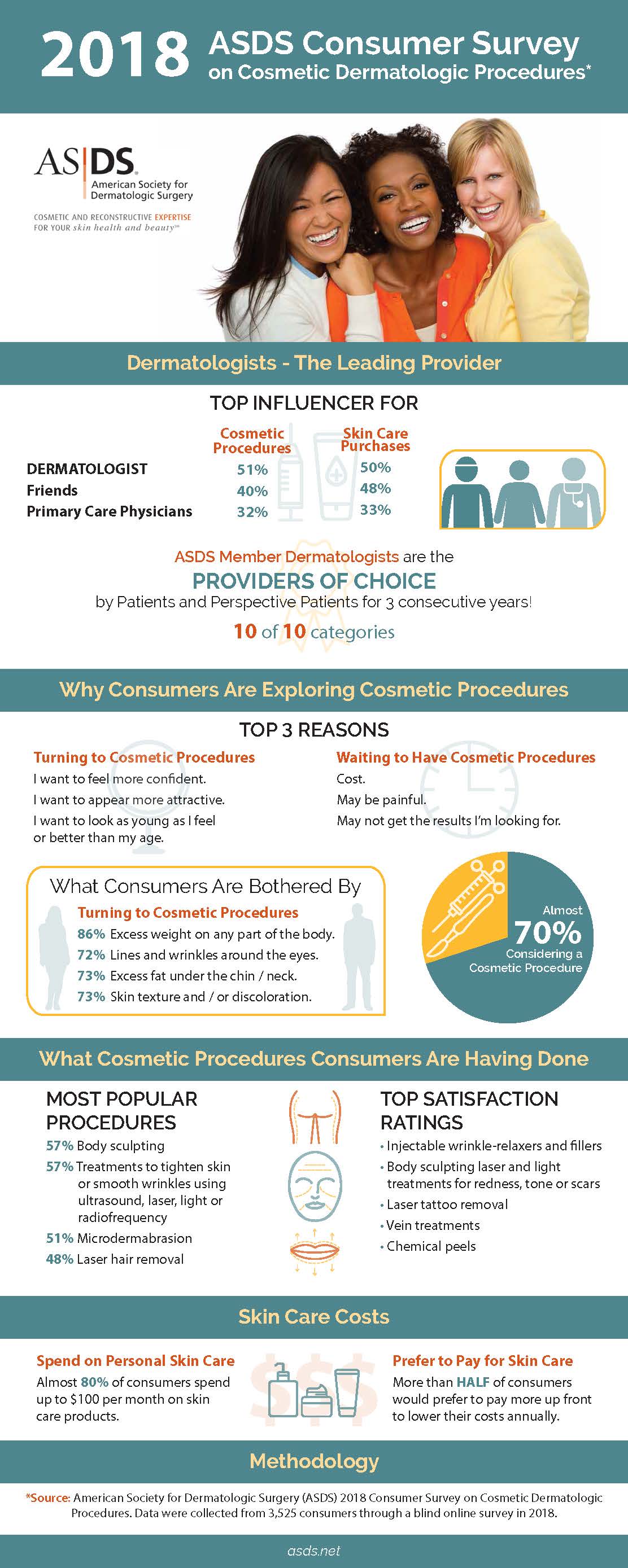Acne Prone Skin And Makeup Tips
Acne Prone Skin And Makeup Tips
Blog Article
Acne Therapy - What Are AHAs in Acne Treatment?
AHAs are a vital active ingredient for unclogging pore obstructions and lightening up acne-prone skin. They work by breaking down dead skin cell build-up to promote more recent, fresher cells, and protecting against future obstructions.
Formulating topical AHAs requires careful focus to numerous key elements that substantially influence their efficacy and tolerability. Maintaining the optimal pH variety, in addition to lorry option and focus, amplifies their exfoliative characteristics while alleviating possible damaging responses.
Glycolic acid
Glycolic acid is known for its mild yet effective exfoliating residential properties, which advertise skin's all-natural losing and loosen up the "glue" that holds dead cells on the surface of the skin. This helps unclog pores and reduce the appearance of fine lines and creases, in addition to boost total skin appearance and tone.
Surprisingly, topical glycolic acid has actually also been shown to stimulate the production of collagen, which is critical in maintaining skin's firmness and elasticity. It is essential to note, nevertheless, that since glycolic acid can promote the skin's level of sensitivity to sunshine, it is important to put on sun block when utilizing any type of items including this component.
Skin specialists pay cautious interest to the formula of items having AHAs in order to optimize their efficacy and tolerability. Formulating AHAs with the appropriate vehicle, along with pH and concentration considerations, permits optimum skin infiltration while lessening possible negative responses. This is especially important for clients with sensitive skin, because AHAs are known to be mildly bothersome.
Lactic acid
Lactic acid is located in lots of non-prescription skin treatment items and some more powerful expert peels and treatments. It has the most affordable molecular weight of all the AHAs and has the ability to pass through much deeper into the skin, where it is more effective at unclogging pores and scrubing.
Like glycolic acid, it additionally promotes collagen synthesis, which assists diminish fine lines and creases and enhance skin structure. Additionally, it has moisture-retention residential or commercial properties, which makes it more suitable for drier skin kinds than various other AHAs.
The substantial body of medical data substantiating the efficiency of topical AHAs sustains their energy in a large range of dermatological afflictions and aesthetic problems. These consist of elaborate skin rejuvenation treatments, depletion of great lines and creases, lightening of hyperpigmentation, therapeutic treatment for actinic keratosis, and acne monitoring [2] Enhancing the formulation of AHAs by stabilizing pH, focus, and car selection better boosts their restorative potential. These careful factors to consider allow dermatologists to deliver secure and efficient treatments that provide premium medical results.
Mandelic acid
Mandelic acid, stemmed from almonds, is one more member of the AHA family members and is a prominent ingredient in products that aid treat acne. Its larger molecular dimension means it passes through the skin a lot more slowly and delicately, which can decrease the potential for inflammation. It's also much less likely to cause inflammation and other skin level of sensitivity problems, making it ideal for delicate skin types.
Mandelic Acid is believed to help reduce swelling and boost hydration. It functions by loosening the bonds in between dead skin cells, enabling them to shed and disclose fresher-looking skin. It likewise helps reduce the look of enlarged pores.
Creating topical products with AHAs calls for an exact balance of crucial factors that dramatically affect their efficiency and tolerability. Particularly, the pH of an AHA formulation has been shown to play an important role in its capability to promote peeling and boost skin tone and appearance. Accomplishing this optimum focus is a challenging objective and requires careful attention to the different factors that influence the formulation procedure.
Citric acid
Citric acid, found in citrus fruits such as oranges and lemons, is a moderate AHA. It's less bothersome than glycolic or lactic acid, making it more suitable for delicate skin. It also has astringent residential properties, helping to dry excess oil.
Like various other AHAs, citric acid can be utilized in chemical peels and day-to-day active/maintenance treatments to exfoliate the skin and advertise cell turnover. It can help in reducing the look of dark areas and hyperpigmentation, along with fine facial lines.
It can additionally enhance the synthesis of glycosaminoglycans, which play a vital role in enhancing the skin obstacle function. This assists to avert trans-epidermal water loss, and preserve optimum hydration levels in the skin [35]
AHAs can be incorporated with soothing components such as ceramides or hyaluronic acid to boost their tolerability. They can be included into everyday active/maintenance skin care through lotion or product formulations. This enables experts to tailor their laser hair removal AHA treatments based upon patient requirements and choices, with the adaptability of choosing from various treatment strengths or focus.